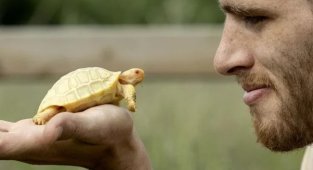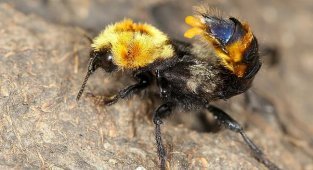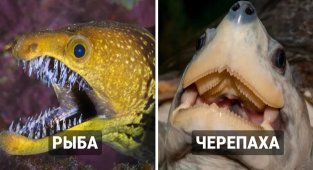The short answer is that turtles live a long time because they are a) cold-blooded and b) large. Let's explain these two answers.
Life is maintained by chemical reactions. In order for a creature to remain alive, the chemical substances in it must constantly transform into each other, or, as they also say, exchange. 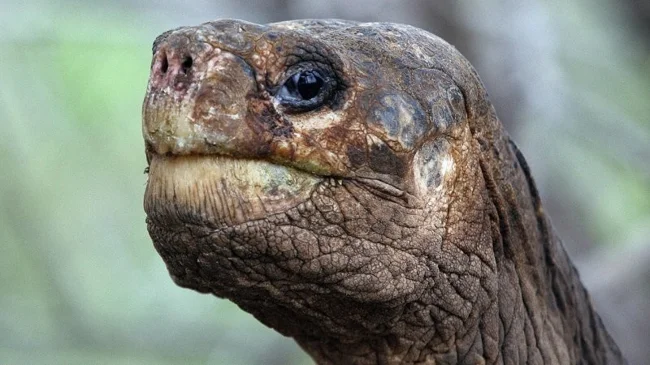
The rate of these transformations, or metabolism, is directly related to how active the animal can be, how much food it needs to eat, how much sleep it needs, and how long it will live.
The metabolic rate depends on the size of the animal. In small animals, the body surface area is large relative to the volume, and as the size of the animal increases, the surface area increases more slowly than its volume. For example, an elephant has approximately 0.03 square centimeters of body surface per 1 cubic centimeter of body volume, while a hamster has as much as 0.6, that is, 20 times more. This large surface area allows the heat that the hamster painstakingly generates to escape, so the hamster has to eat and burn many more nutrients per unit of body weight than an elephant. A hamster's metabolism inevitably goes faster because it eats a lot and produces a lot of heat, and it quickly gets rid of processed food and immediately absorbs new food.
Animals with fast metabolisms are more active (when not sleeping) because they produce a lot of energy and because they need new food all the time. They also need more sleep because toxic neuronal byproducts accumulate in their brains more quickly, which sleep appears to be necessary to get rid of. While small rodents sleep up to 20 hours a day, elephants sleep only 3–5 hours. 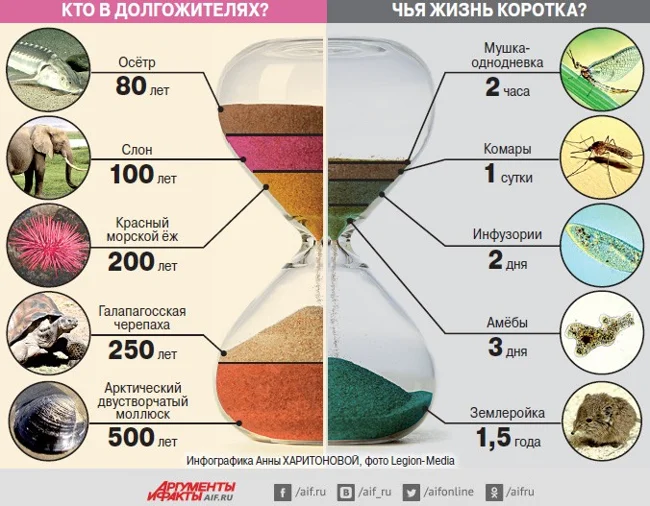
Vertebrates with slow metabolisms (that is, large animals) live longer than animals with fast metabolisms - this is a known pattern. The record holders for life expectancy among vertebrates are whales, elephants and Galapagos tortoises, which are also quite large and apparently grow throughout their entire lives.
Why you can live longer with a slow metabolism than with a fast one is not such a simple question. The answer has something to do with damage accumulation and aging, which occur faster in animals with fast metabolisms, but not entirely directly. For example, the small rodent naked mole rats are famous for their lack of signs of aging and resistance to cancer (which can arise from a variety of injuries). But even without aging and with remarkable resistance to damage, these animals live no longer than 30 years. This is much longer than the average lifespan of other animals of this size (which is about two years), but still significantly less than the average lifespan of large animals, which are not free from aging. In theory, naked mole rats could live until someone eats them or some other accident happens to them, but sometimes they die before they get to that point.
The most reasonable assumption is the balance of births and deaths that should be maintained in the population. At some point, any individual must die in order to free up living space for a new, more adapted generation. But she must do this at a certain moment, consistent with her rate of reproduction. In animals with rapid metabolism, compared to others, life goes by as if in accelerated filming - they live it faster, but also more actively, leaving a large number of descendants in a fairly short period of time. Therefore, they quickly cope with their task as members of the population and quickly make room for the new generation. Elephants or other large animals reproduce much less frequently than small animals and produce fewer offspring. Their lives seem to be slowed down, so they need to live longer to get everything done.
In the same way, the life of cold-blooded animals is slower compared to warm-blooded animals. Cold-blooded animals do not waste resources on maintaining a constantly high body temperature, and therefore a high metabolic rate. Therefore, their metabolic rate depends on luck: if the lizard basks in the sun, it will be more active, and if not, then it will have to slow down a little. But on average, the metabolic rate of cold-blooded animals is always lower than that of warm-blooded animals, because it is not always sunny, and it is usually not easy to warm up in the sun to the same body temperatures as in mammals or birds. Therefore, the life of cold-blooded animals is even slower than that of warm-blooded animals.
The turtle is a cold-blooded animal, and turtles actually live quite a long time. But the large tortoises, the inhabitants of the Galapagos Islands, combine the slow metabolism of large animals and cold-blooded animals. This successful combination allowed them to set a record among vertebrate animals (if we take well-documented evidence) - 177 years of life.
But you shouldn't envy turtles because, as already mentioned, their metabolic rate is different from ours. Metabolic speed is associated with a sense of subjective time: the higher it is, the slower the animal’s perception of the world around it changes. This speed of individual time can be found by measuring the minimum frequency of light flashes, from which the light begins to be perceived as continuous - the so-called critical flicker fusion frequency (CFF).
Help: How to study the critical flicker fusion frequency (CFF) in animals
The animal is placed inside a transparent drum with vertical dark stripes on the walls. Another similar drum is placed outside, which can rotate at the desired speed. The structure is illuminated by a bright light source. 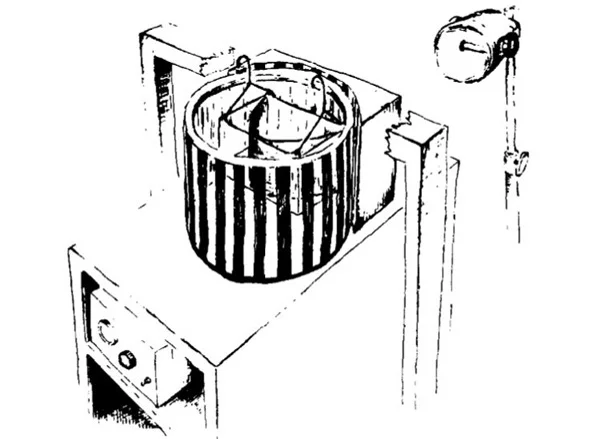
Due to the rotation of the outer drum relative to the inner one, the animal gets the feeling that it is in a rotating room, and it makes movements as if trying to stand on a rotating floor (or, if the experiment is carried out on fish, they make movements as if they were caught in a rotating current ). But starting from a certain frequency of rotation of the drum, the animal stops noticing the flickering stripes on the walls of the drum and stops behaving as if it were in a rotating room. The corresponding frequency is the critical frequency of flicker fusion for the animal studied.
For a person, this number is on average 60 flashes per second, and for a turtle - 15. This means that, according to the sensations of a turtle, time passes 4 times faster than for a person: during the time during which a person manages to notice 4 flickers, a turtle can notice only one.
It’s easier to imagine this using the example of flies, whose CNSF is 4 times greater than that of humans, 240 flickers per second. It appears to a person that he is quickly swinging a newspaper at a fly, but to the fly his movement looks very slow, making it almost impossible to hit. But from the outside everything looks the other way around - an animal for which it seems that time flies quickly moves slowly.
That is, 177 years for a turtle is not so much.
So the first thing that can be learned from this story is that turtles should not be envied. The second, a little less obvious, is that reducing calorie intake can increase life expectancy. Indeed, the more nutrients we process, the higher the metabolic load on our body. It does not go away without a trace, especially in those animals that, unlike naked mole rats, both age and do not have incredible resistance to damage. It’s especially frustrating to process extra calories that most modern sedentary people don’t need. Experiments on calorie restriction were carried out on mice and rats, as well as some fish and monkeys, and gave good results. In mice, for example, it was possible to increase the average and maximum lifespan by 30–50% by reducing the calorie content of the diet by 55–65% 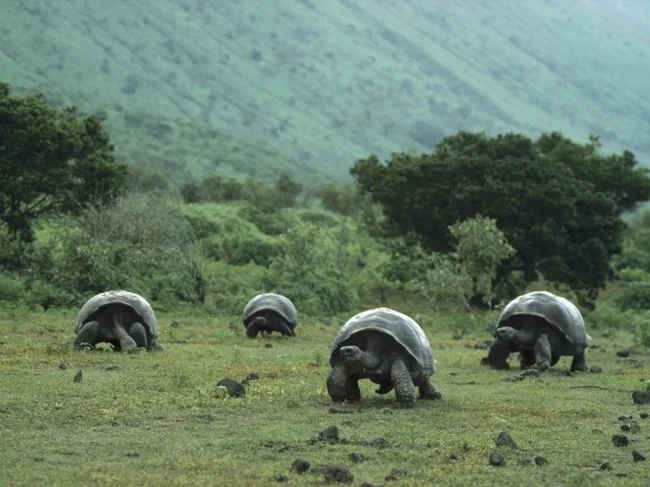
0 comments

